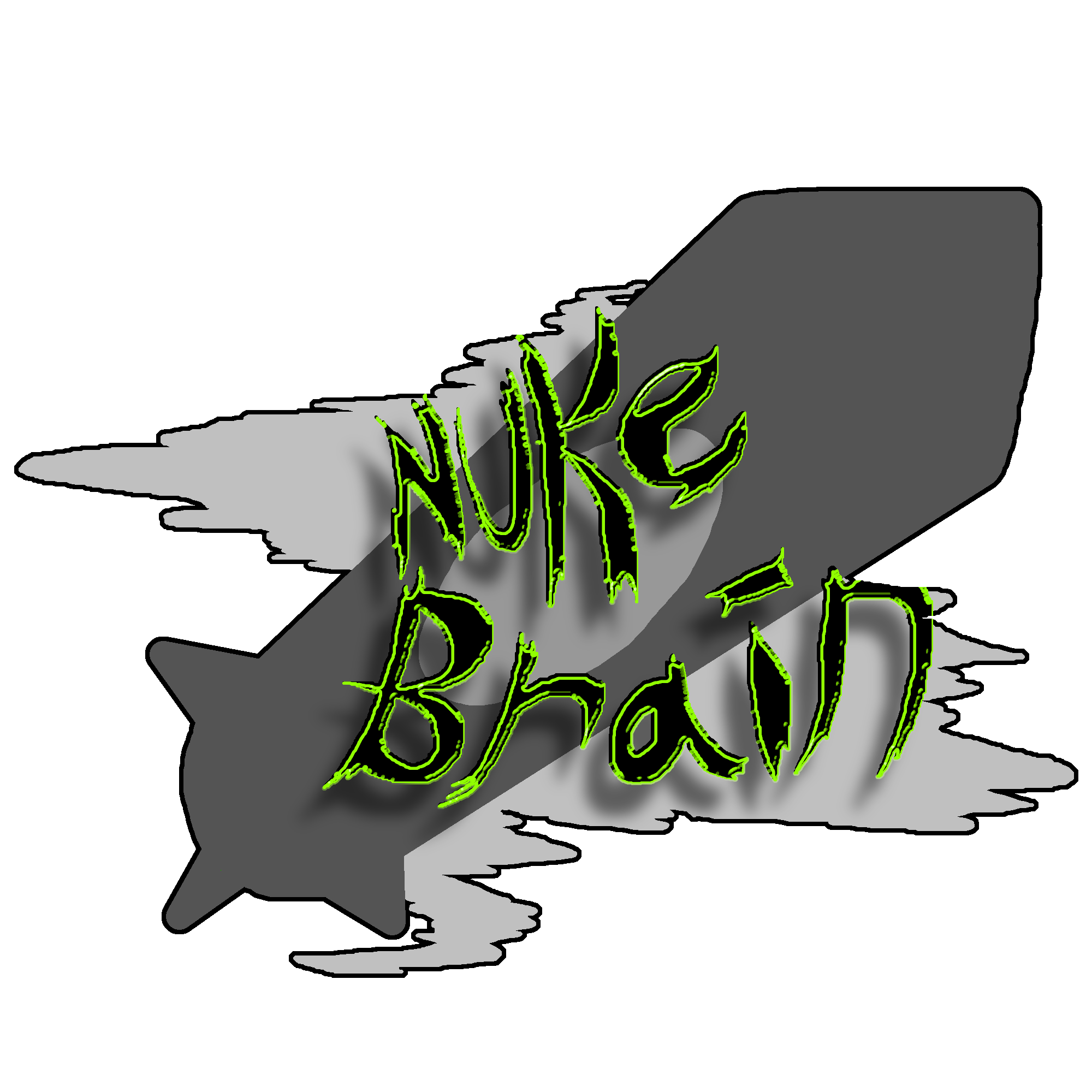

Game DEvving
Sometimes we make things. This includes concepts that never really turn into anything...

Game Collecting
Not just games, though. From consoles to collector's editions, action figures, cardboard, junk etc...
- 1980Zebra Joins the Collaboration July 28, 2021
- Migrated and ready to go Nuclear July 27, 2021
- Zennya Nauvo on 1980Zebra Joins the Collaboration
- Zennya Nauvo on Migrated and ready to go Nuclear
- 1980Zebra on Migrated and ready to go Nuclear
Fear of anything nuclear is forged in history, perpetuated by media and spread by people who don't know better. The first step to overcoming a fear is to learn about it. Being afraid of something that can kill you isn't so irrational, is it? Why exactly do people put themselves in harm's way, such as by picking up a piece of radioactive mineral? What about the people who still wear radium dial watches? Why do they let people live next to nuclear reactors?
Minimizing Risk Through Understanding
Nuclear energy, like many powerful technologies, can seem frightening because its dangers are often exaggerated or misunderstood. The truth is that nuclear plants are among the most carefully regulated and monitored facilities in the world. In fact, modern reactor designs have extensive safety features to minimize risk, including automatic shutdown systems, multiple layers of containment, and rigorous maintenance protocols.
Accidents, while historically significant, are exceedingly rare. When we compare the safety of nuclear energy to other energy sources like coal, oil, or even hydropower, nuclear energy is actually one of the safest options. For example, the risks from air pollution caused by fossil fuels, which contributes to millions of premature deaths annually, far exceed the localized risks posed by nuclear energy. The key lies in the fact that nuclear power operates with an enormous focus on minimizing risk—from plant design to day-to-day operations.
The Reality of Nuclear Waste
One of the most persistent fears is, "What happens with nuclear waste?" This is a valid question, but the reality is far less terrifying than people imagine. Nuclear waste is well-contained, often stored in secure facilities deep underground or in shielded storage at nuclear sites. Modern solutions, like reprocessing and recycling of spent nuclear fuel, mean that much of this waste can be reused, reducing the volume and lifespan of dangerous materials.
More importantly, nuclear waste is managed with the highest level of caution. It is tracked, monitored, and stored safely in facilities designed to last for thousands of years, ensuring it remains isolated from the environment. Contrary to popular belief, there has been no widespread environmental damage or health issues directly linked to the storage of nuclear waste.
Radiation in Everyday Life
Radiation is a term that triggers fear in many people, but it’s important to understand that not all radiation is dangerous, and the scale of radiation matters greatly. We live in a world where radiation is a constant presence—background radiation from the Earth, cosmic radiation from space, and even radiation from household items like smoke detectors or granite countertops.
The human body is adapted to handle low levels of radiation, and this natural exposure poses no threat. In contrast, the levels of radiation involved in nuclear energy generation are contained and isolated. The stringent protocols at nuclear plants ensure that no dangerous radiation leaks into the environment. In fact, residents living near nuclear plants are exposed to less radiation than someone who takes a transatlantic flight or gets a medical X-ray.
Putting Nuclear Energy in Perspective
Fear often arises when we lack information or context. Nuclear energy, when managed properly, is not something to be feared. It is an incredibly powerful and efficient source of clean energy that can play a major role in reducing carbon emissions and combating climate change. The technology has evolved over the decades, and the lessons learned from past incidents have only strengthened safety measures.
By rationalizing nuclear energy and understanding the true nature of radiation, we can strip away the irrational fears that have persisted. Fear should not dictate our energy choices—facts should. It's important to note, however that safety is often written in blood sacrifice. We should never forget that.


